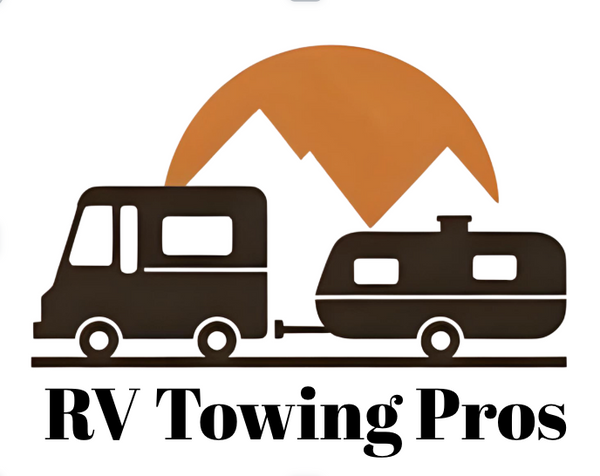How to Properly Adjust Your Weight Distribution Hitch for a Smoother RV Experience
Share
How to Properly Adjust Your Weight Distribution Hitch for a Smoother RV Experience
Towing an RV can be a challenge, especially if your weight distribution hitch (WDH) isn’t properly adjusted. Without the right setup, you may experience issues like trailer sway, excessive bounce, or uneven weight distribution, which can lead to poor handling and increased wear on your tow vehicle. In this guide, we’ll walk you through adjusting your weight distribution hitch correctly and troubleshooting common problems.
Why Proper Adjustment Matters
A weight distribution hitch helps evenly distribute the trailer’s tongue weight across the axles of both the tow vehicle and the trailer. When adjusted correctly, it improves stability, braking, and overall towing safety. However, improper adjustment can lead to several issues, including:
-
Front-End Lift: If the hitch isn’t transferring enough weight to the front axle, your tow vehicle’s steering and braking may be compromised.
-
Sagging Rear End: Too much weight on the rear axle can lead to poor traction and excessive strain on the suspension.
-
Trailer Sway: Uneven weight distribution or inadequate tension on the spring bars can make the trailer more prone to swaying.
-
Bouncing and Porpoising: If the hitch isn’t properly adjusted, the trailer may bounce excessively, leading to an uncomfortable ride and potential loss of control.
Steps to Adjust Your Weight Distribution Hitch
1. Level Your RV and Tow Vehicle
Before making adjustments, park your RV and tow vehicle on a level surface. Use a tape measure to check the height of the front and rear fenders of your tow vehicle without the trailer attached. This will serve as your baseline.
2. Connect the Trailer to the Hitch
Hitch up the trailer and let the jack down so the full weight is on the ball. Check the fender heights again. If the rear of the tow vehicle drops significantly and the front lifts, adjustments are needed.
3. Adjust the Hitch Head Angle
Many WDHs allow you to change the angle of the hitch head. Tilting the hitch head back (toward the trailer) increases tension on the spring bars, improving weight distribution. Adjust the angle so the bars exert enough force to bring the tow vehicle close to its original, unloaded stance.
4. Set the Spring Bar Tension
The spring bars should be under enough tension to distribute the weight properly. Use the chain links or integrated adjustment system to fine-tune the pressure. The goal is to achieve a balance where the tow vehicle and trailer remain level.
5. Recheck Fender Heights
After adjusting the hitch head and spring bars, measure the fender heights again. The front of the tow vehicle should return close to its original measurement, while the rear should not sag excessively.
6. Test the Setup
Take a short test drive to evaluate handling, braking, and trailer stability. If you experience sway, bouncing, or poor steering response, make further adjustments as needed.
Troubleshooting Common Issues
-
Trailer Sway Persists: Ensure your hitch is properly adjusted and consider adding sway control bars if needed.
-
Excessive Rear Sag: Increase the hitch head tilt or adjust the spring bar tension.
-
Steering Feels Light: Reduce the hitch tilt to shift more weight forward.
-
Bouncing or Porpoising: Check for uneven weight distribution and adjust cargo placement inside the RV.
Final Thoughts
Properly adjusting your weight distribution hitch is essential for a safe and comfortable RV towing experience. Regularly inspect your hitch components and make adjustments as needed to accommodate changes in trailer load or road conditions. With the right setup, you’ll enjoy a smoother ride and better control on your travels.
